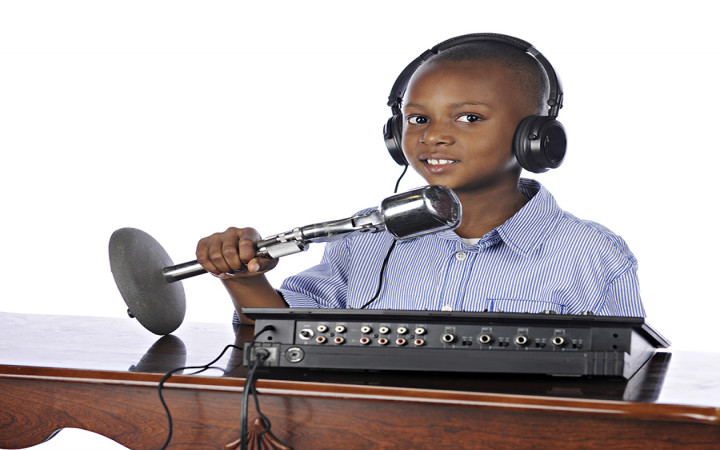Today’s Wonder of the Day was inspired by Jada. Jada Wonders, “How do you act in cartoons?” Thanks for WONDERing with us, Jada!
No matter where or when you grew up, there's one thing that most kids have in common. Our younger years are usually filled with a variety of favorite television shows that we love to watch.
Even when we're older, an old cartoon on television can transport us back in time to an age when animated characters brought us immense joy. Whether it's SpongeBob SquarePants or Scooby-Doo, these beloved cartoon characters share a similar trait: they're not real.
Yet, they have real voices we could recognize anywhere. Even though we don't see them, there are real people with real voices behind all of our favorite cartoon characters. We call these people voice actors.
Many people believe that the first voice-over was created in 1928 when Walt Disney's most famous character, Mickey Mouse, made his screen debut in "Steamboat Willie." However, historians note that credit for the first voice-over should go to Canadian inventor Reginald Fessenden, who recorded a weather report for the United States Weather Bureau way back in 1900.
Today, voice actors lend their special talents to all sorts of different types of projects that require voices to convey dialog or information without a real live human present. Examples of such projects include movies, television shows, live sports broadcasts, radio programs, commercials, documentaries, audio books, educational videos, and video games.
For many years, voice-overs were mostly provided by voice actors who specialized in voice work and did not regularly appear on screen. In the last 25 years or so, things have changed. Today, many celebrities, including popular screen actors, now voice the characters of major animated movies.
This trend can be traced back to 1992, when Disney cast Robin Williams to be the voice of Genie in the animated classic Aladdin. Celebrities became attracted to the additional exposure it gave them, and movie studios recognized the powerful marketing draw a big-name celebrity can add to an animated movie.
Voice-over work remains as popular as ever today. Technology is the driving force behind the increased demand. Every voice you hear on a video game, a smartphone app, or an electronic assistant has to be voiced by someone.
Some voice actors specialize in a particular niche, such as video games. Others might be able to voice dozens of characters for animated movies and television shows.
Arguably the most famous voice actor of all time was Mel Blanc. Known as "The Man of a Thousand Voices," Blanc was the voice of most of the Looney Tunes and Merrie Melodies cartoon characters, including Bugs Bunny, Daffy Duck, Porky Pig, Tweety Bird, Sylvester the Cat, Yosemite Sam, Foghorn Leghorn, Marvin the Martian, Pepé Le Pew, Speedy Gonzales, Wile E. Coyote, Road Runner, and the Tasmanian Devil.




